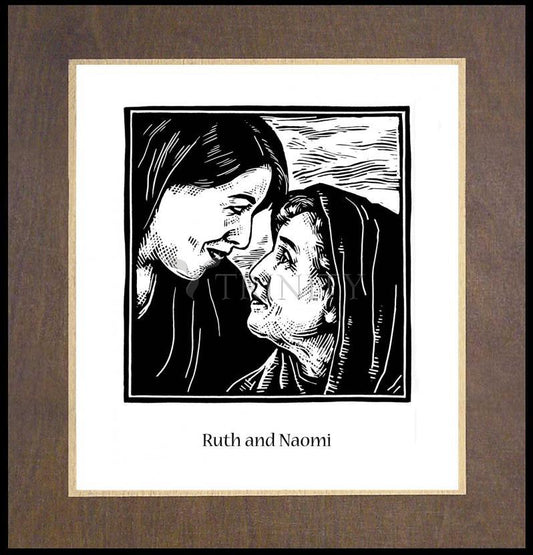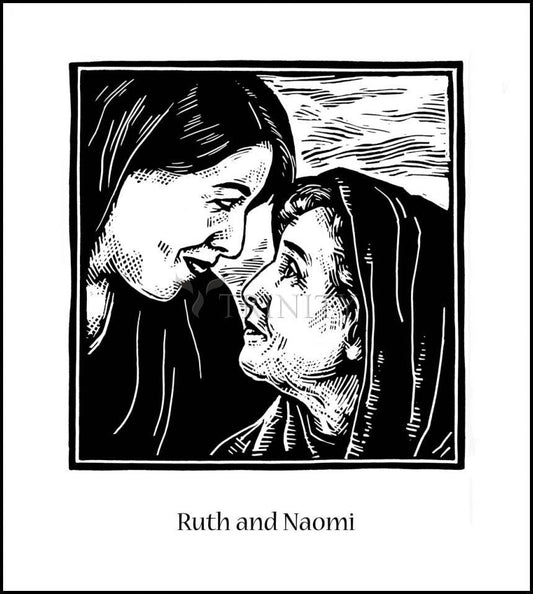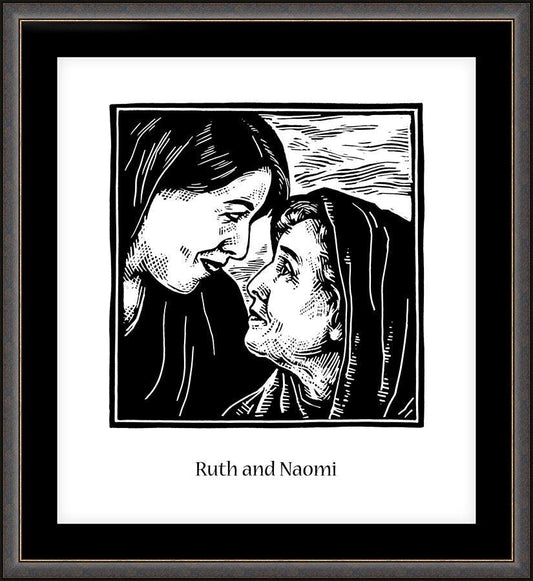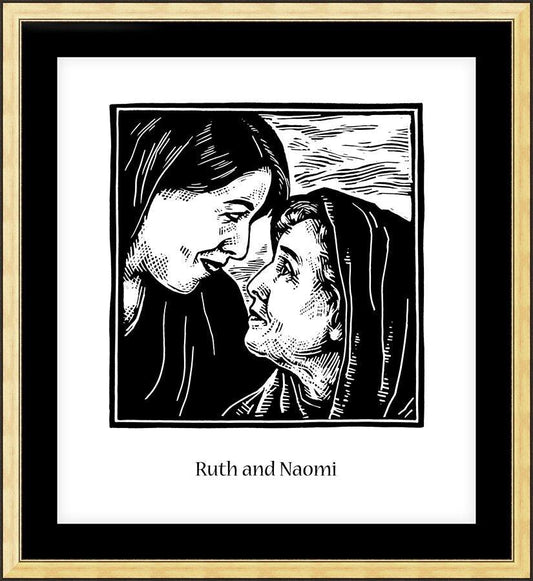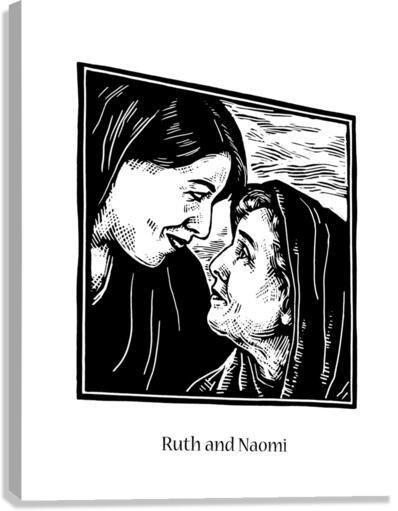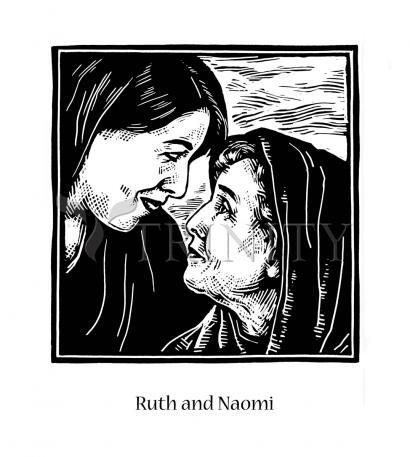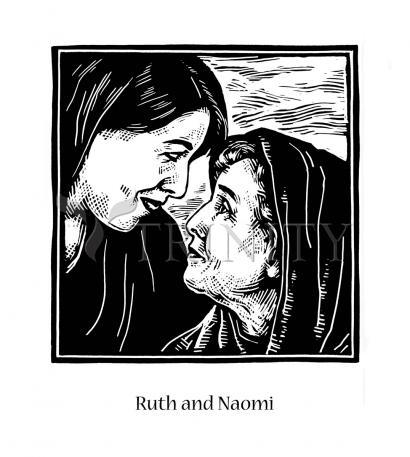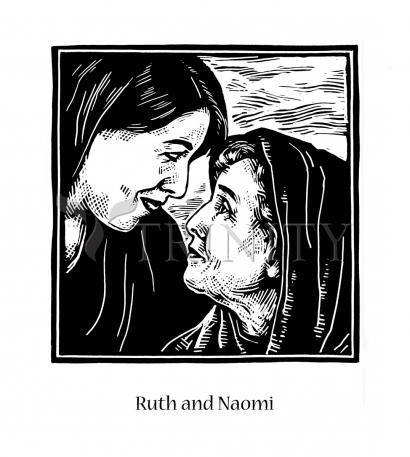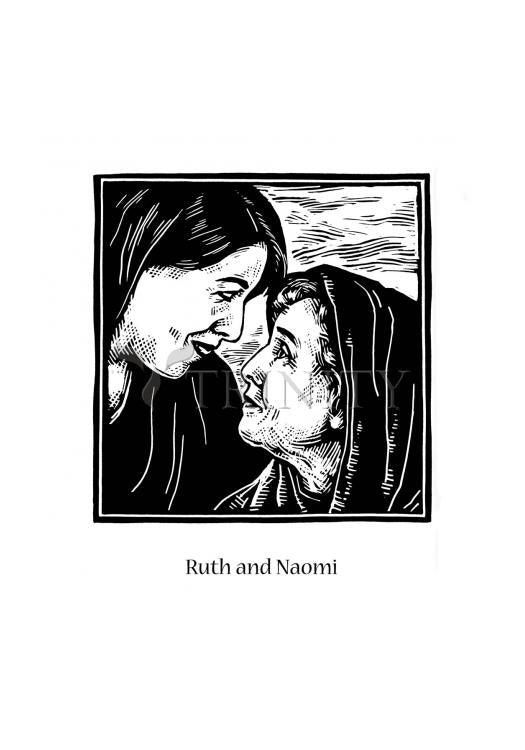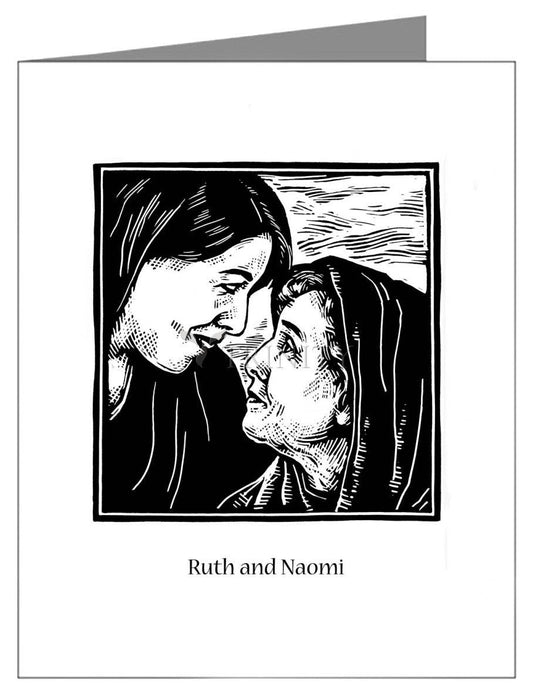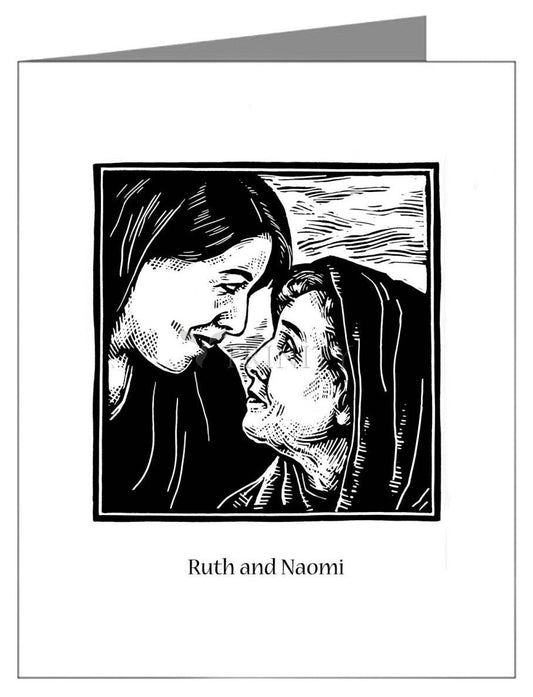Many people believe that the book of Ruth is one of the most beautiful books in the Bible. This story begins with incredible hardship. Naomi was dealt several rough blows in short succession. Her husband died and then she lost her two sons, who had recently married but had not yet had any children.
Naomi found herself in a desperate situation " she had no offspring to call her own, and two daughters-in-law who are no longer hers to claim as she could not provide them with other men to marry. Her daughters-in-law traveled with her for a short time, but then she tried to send them on their way, knowing that she could do nothing for them. The young women wept when Naomi tried to send them on, but they make very different decisions. Orpah kisses her mother-in-law and goes on her way, but Ruth, "clung to her." (Ruth 1:14)
Still, Naomi was not convinced that it would be the best thing for Ruth to remain with her, so she tried again to send her on. But Ruth won't have it. She bravely promised Naomi, "Entreat me not to leave you or to return from following you; for where you go I will go, and where you lodge I will lodge; your people shall be my people, and your God my God; where you die I will die, and there will I be buried." (Ruth 1:16"17)
Naomi then understood that Ruth had made her decision, and said no more. Together, the two traveled to Bethlehem at the beginning of the barley harvest. Ruth began to work in the fields of Bo'az, a wealthy relative of Naomi. Bo'az was kind to Naomi, allowing her to eat and drink and providing her with protection.
Naomi then conspired to seal the deal between Bo'az and Ruth, understanding that if the two should marry, life would ultimately be good for Ruth. In an amazing passage of the Bible, she advises Ruth to wait until Bo'az has feasted and had wine to drink, and then Ruth is to go and "uncover his feet" and lie down there.
This symbolic gesture would show that she wanted to marry into his household. Ruth does just as her mother-in-law has advised her and Bo'az, who was initially startled to find the woman lying at his feet, was delighted by Ruth's attentions. He says, "May you be blessed by the Lord, my daughter; you have made this last kindness greater than the first, in that you have not gone after young men, whether poor or rich. And now, my daughter, do not fear, I will do for you all that you ask." (Ruth 3:10"11)
Bo'az then took Ruth into his home, and, much to Naomi's delight, the two gave birth to a child, named O'bed, whom Naomi took to her breast and nursed. This story, which began in grief and sadness, turns to joy and hope. For not only did Ruth find her place among Naomi's people, but it is through her son, O'bed, that King David will ultimately be born. She has woven herself into the royal line that will ultimately produce Christ. In the Orthodox church, Ruth is referred to as "St. Ruth the Moabitess." The name "Ruth" means companion, friend, or compassion. The friendship between Ruth and Naomi is an image of undying spiritual friendship, overcoming loss and finding hope together.
"Excerpts from Ruth and Naomi by Jenny Schroedel



